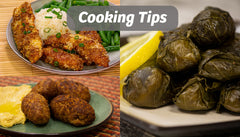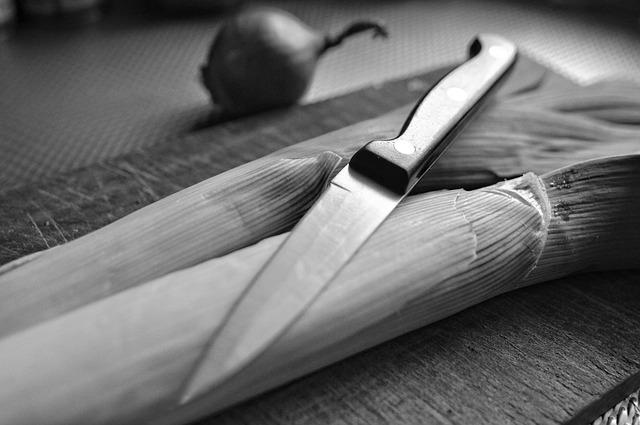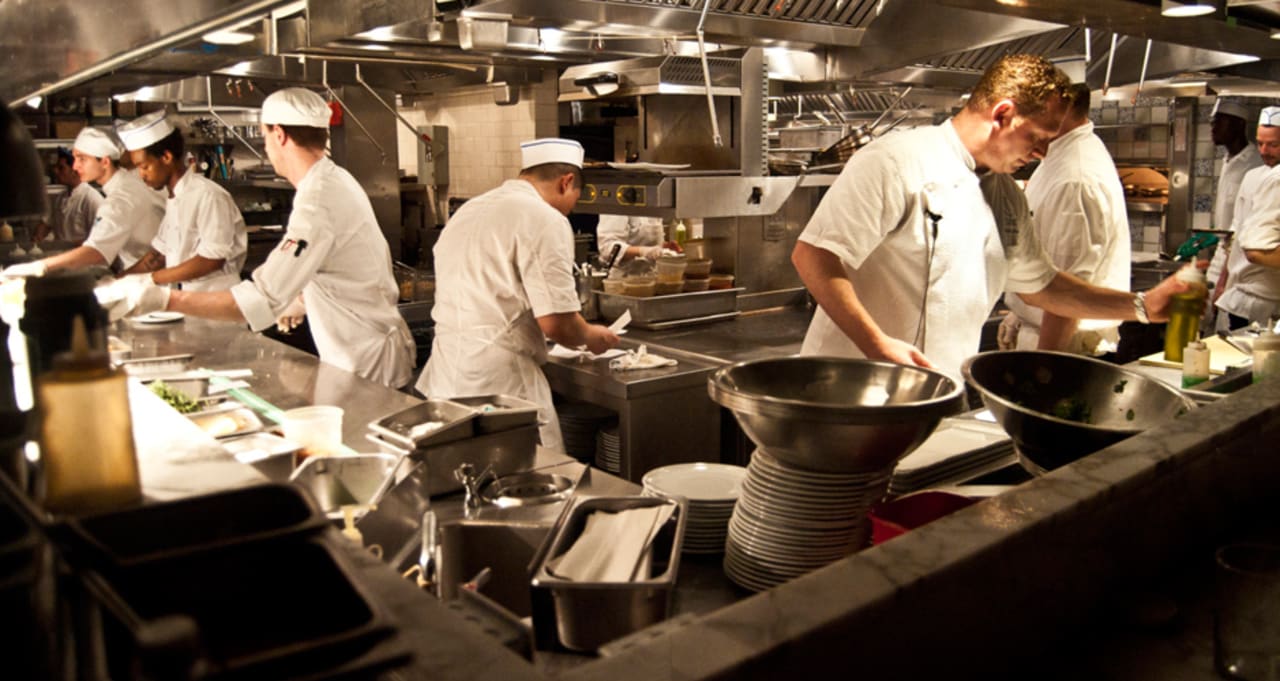
Cast iron skillets that have begun to warp should be identified. These include Thermal expansion, Sharp flash, and re-seasoning. These problems can be avoided by reading this article. If you're worried about the warping of your skillet, here are some easy solutions. Here are some possible causes. This article can be found on Sharp flash, Re-seasoning.
Thermal expansion
Cast iron is susceptible to warping, a problem caused by sudden changes in temperature. The cast iron's core expands when temperature changes rapidly, but the outer layer stays the same. Cast iron can also warp or break if it is exposed to cold water. This is called thermal shock. There are ways to prevent this, like carefully heating your cast-iron pan before you use it.
Before you cook with high heat, it is important to let your meat cool off before placing in the pan. This will reduce the temperature difference between the meat and the saucepan. The mismatch of pan sizes is another reason for warping. If you place large pans on small burners, but only the centre is touching the heat, then the pan's central area will expand faster.

Sharp flash
Cast iron cookware is likely to have experienced this problem. A sharp flash is caused by sudden temperature changes. The hot central part of a pan expands but the cool middle doesn't. This causes stress to the iron, which in turn causes it to warp. Most flashes are removed during the finishing stage. Some can be kept inside the handle. Remember that flashing won't affect cooking or handling. It is not a sign for poor quality.
The shape of cast iron cookware is a good indicator that it has begun to warp. This is most noticeable on the bottom. This happens more frequently in long, flat castings. Therefore, look for a curving form near the thickest section of the wall. A warped pan can cause liquid to pool and uneven cooking. You can try to flatten the pan if you observe any of these symptoms. If the pan is warped, it may be a sign that it has become too heavy to use on a stove burner or oven. The item's collectible value will be decreased if it has too much warp.
Re-seasoning
If you're looking for a quick, easy, and inexpensive way to re-season your cast-iron skillet, try placing ice cubes on the warped section and running a small amount of cold water over it. The ice will flatten the area and the water will cool it down. The temperature differences between the water temperature and the cast iron pan are what causes warping.

Cast iron can be reseasoned to ensure it is strong and resists warping. This will prevent your pans rusting as they are less susceptible to rust than unseasoned cast iron. The process starts by preheating your pan to 200 degrees Fahrenheit. When the pan is heated, you'll see oil pooling in the low spots. Once oil has accumulated, heat the pan at 350 degrees F for one hour. Once again, bake for one hour at 450 degrees F.
FAQ
How much does it cost for you to learn culinary arts?
You will find that the price to study culinary arts is variable. For example, a four-year degree typically costs around $40,000. A two-year associate's program may be less expensive at $5,000. Tuition rates depend on the type of program you select. Public institutions are more expensive than private institutions.
How long does it take to become chef? What's the average career path for a chef?
Five years is required to become a professional chef. You will learn basic cooking techniques, and get experience as a chef assistant. After you've completed your training you can apply to be a line cook or sous chef. The annual average salary of a chef is $25,000-$60,000.
What skills do I need to get into culinary school?
You will need to know how to cook, understand food safety regulations, and be able work under pressure in order to become a chef. To learn how to cook, you should take cooking classes at your local high school or community college. Once you have learned the basics of cooking, it is time to look for work at a restaurant.
Do I need to attend culinary school to become a cook?
No. Many chefs started their careers by learning on their own. Some even went to culinary schools to gain practical experience. Culinary school is preferred by most chefs because they have more opportunities to grow and learn. Culinary schools allow students to learn hands-on skills, and this helps them improve their cooking knowledge.
What are the basic skills of cooking?
Basic cooking skills are the ability to read and follow recipes. If you want to be able to cook for yourself, then you need to learn these basic skills. Cooking is also a great way to save money since you don't have to eat out all the time.
What equipment do I need to cook?
Cooking doesn't require special equipment. The right tools can make cooking much easier. To make pasta easier, you can use a knife to cut the pasta and a whisk to whip up egg whites to stiff peaks. Having the right tools makes cooking less intimidating and allows you to start faster.
Where can I buy good quality kitchen equipment?
You can order high-quality kitchen appliances online. There are many online shops that sell all sorts of kitchen tools. You should read user reviews and ratings before purchasing any kitchen tools. You can also ask other people who own similar items if they would recommend them.
Statistics
- On average, chefs earn $58,740 a year, according to the BLS. - learnhowtobecome.org
- The median pay for a chef or head cook is $53,380 per year or $25.66/hour, according to the U.S. Bureau of Labor Statistics (BLS). (learnhowtobecome.org)
- In the United States, the category is estimated at $23.2 billion annually and is growing faster than the market. (washingtonpost.com)
External Links
How To
How to cook your steak
The thickness of any meat will dictate the cooking method. Thicker steaks, for example, are better cooked at low heat while thicker steaks require higher temperatures.
Don't overcook them as they will lose flavor. You should always remove the steak from the skillet when it's done. This will prevent you from burning yourself.
Cooking times will vary depending on how large the steak is and what degree of doneness you desire. Here are some general guidelines:
Medium Rare: Cook till medium rare. This is when the internal temperature of the food reaches 145°F (63°C). This should take between 3 and 5 min per side.
Medium: Cook until medium. This means that the internal temp has reached 160 degrees F (71 degrees Celsius). This usually takes only 6 minutes per side.
You are done when the internal temperatures reach 180°F (82°C). This can take between 8-12 minutes per side.